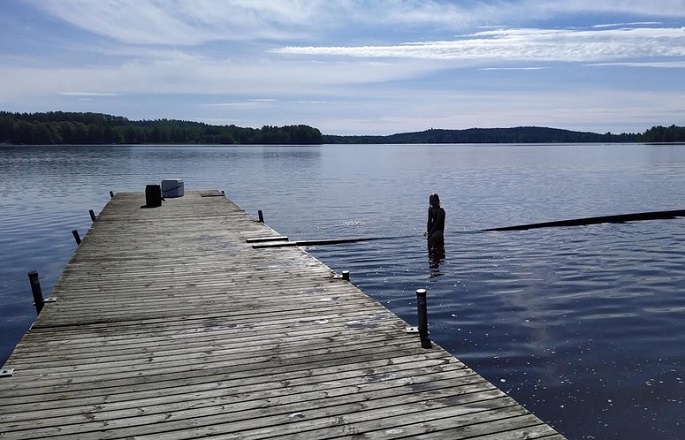Wastewater, bathing area distance affects norovirus infection risks
Published : 27 May 2021, 00:33
Updated : 27 May 2021, 00:35
The distance between the wastewater source, such as the discharge pipe of a municipal wastewater treatment plant, and the swimming beach puts a significant impact on the risk of norovirus infection, said the National Institute for Health and Welfare (THL) referring to a study on Wednesday.
If the wastewater ends up close to beaches, especially the risk of norovirus infections increases significantly, 1.5 to 20-fold. However, the drainage waters of the animal farms did not cause as much risk of infection, said the THL in a press release.
The study of runoff water-related infection risks investigated infection risks caused by norovirus and campylobacter in bathing water,
The calculations show that the risk of getting a viral gastroenteritis caused by norovirus from bathing water is greater than the risk of campylobacter infection.
In Finland, the quality of bathing water is generally good, but water contamination events occur from time to time. Water quality may be impaired by various wastewater leakages and emissions such as sewage water that enters the environment in the event of a pump failure, as well as by run-offs from animal faeces in the environment caused by rainstorms.
“When people gather on beaches during heat waves, the number of those exposed to potential contamination increases. To avoid risk of waterborne infection, one should not swallow bathing water or other surface water”, said Päivi Meriläinen, Senior Researcher at THL.
The study also calculated the number of infections in an imaginary flood situation at a groundwater intake plant if river water ends up in drinking water. In this case, many people could end up using drinking water that contains pathogenic microbes, which could lead to a significant number of people falling ill.
Due to land use, it is not always possible to avoid sewage and runoff water ending up in the vicinity of bathing areas. In this case, cost-effective purification methods are needed. One of the most effective solutions is to build wetlands. Also, a variety of filtration and disinfection solutions may be used.
“This spring, we have tested the ability of biochar filters to remove wastewater microbes in laboratory conditions”, said Jarkko Nummela, Research Service Chief at the Häme University of Applied Sciences.


